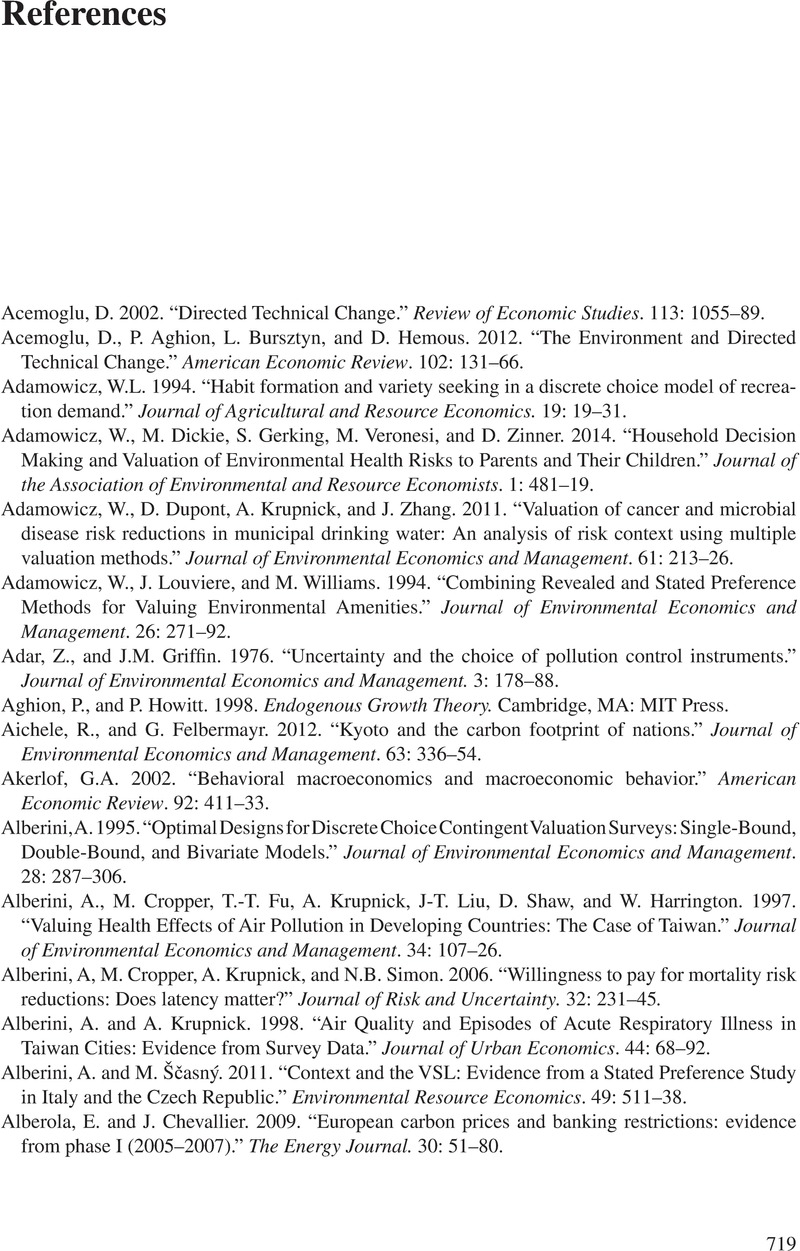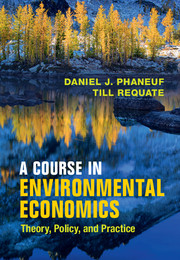References
Published online by Cambridge University Press: 27 February 2023
Summary

- Type
- Chapter
- Information
- A Course in Environmental EconomicsTheory, Policy, and Practice, pp. 719 - 748Publisher: Cambridge University PressPrint publication year: 2016



